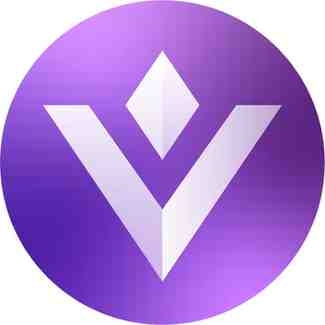What is Gas Limit in Blockchain Transactions?

What is Gas Limit in Blockchain Transactions?
Gas limit is a fundamental concept in the world of blockchain, especially pertinent to platforms like Ethereum. An understanding of this term is essential for anyone involved in the crypto or blockchain space, as it directly impacts how transactions are processed and the costs associated with them.
Concept Introduction
Gas is akin to the fuel that empowers the Ethereum network, facilitating the execution of transactions and smart contracts. The gas limit, therefore, refers to the maximum amount of gas that a user is willing to spend on a transaction. This is critical because each operation executed on the blockchain requires a certain amount of computational power, expressed as gas. By setting a gas limit, users essentially define the upper boundary of their costs.
The gas limit ensures that transactions have a cap on resource usage, preventing network abuse and ensuring fair use. It acts as a safeguard that the network will execute a transaction only if there’s enough gas, preventing partial executions that could be wasteful or disruptive.
Historical Background or Origin
The concept of gas was introduced to tackle the inefficiencies and bottlenecks that earlier blockchains faced. Ethereum designers realized that allowing users to set their limits on transaction costs could make for a more efficient and fairer network. The evolution of this feature marks a significant advancement in creating a viable economy within blockchain technology.
From Ethereum’s early days, the concept of gas has been a part of its DNA, influencing the structure and economy of the network. Developers and miners have meticulously worked to fine-tune its mechanics to ensure optimal performance and user experience.
Working Mechanism
Gas is measured in Gwei, which is a fraction of Ethereum’s native token, Ether. When a user initiates a transaction, they specify how much they are willing to pay, which is the gas price, as well as the gas limit. The total transaction fee becomes the product of the gas used and the gas price.
For example, if a user sets a gas limit of 20,000 and a gas price of 50 Gwei, the total fee can be calculated by the multiplication of the two. If the transaction's operations end up using only 10,000 gas, the user gets refunded for the unused gas.
This mechanism encourages users to estimate carefully and assign a gas limit that reflects the complexity of the transaction, thus promoting network efficiency and user mindfulness.
Benefits or Advantages
-
Cost Predictability: By defining a gas limit, users have more control over transaction costs, avoiding unexpected spikes and budget overruns.
-
Security Assurance: Gas limits prevent infinite loops and excessive resource consumption within smart contracts, as transactions will halt once the specified gas runs out.
-
Network Management: The concept of gas ensures that blockchain resources are used efficiently, fostering a balanced network load and preventing spam.
Conclusion or Future Outlook
Understanding and managing gas limits are crucial for any practitioner in the blockchain field. As decentralized platforms evolve, there may be enhancements in how gas and gas limits are implemented to further streamline operations and enhance user experience.
Advanced users can leverage wallets like the Bitget Wallet, which provide comprehensive tools for managing transactions and optimizing gas usage effectively. As blockchain technology progresses, we may see innovations that make the concept of gas more user-friendly, potentially lowering barriers for new entrants into the ecosystem.
As you delve deeper into the blockchain and cryptocurrency space, grasping the nuances of gas and gas limits will arm you with the knowledge to navigate transaction complexities efficiently and economically.
Related articles
Latest articles
See moreAbout author
I'm CryptoBridge Communicator, a bilingual builder bridging the crypto world between English and German. I excel at dissecting the economic models of DeFi protocols, the liquidity challenges in the NFT market, and the impact of EU digital wallet regulations on the industry in both English and German. Having participated in a cross-border blockchain payment project for banks in Frankfurt and explored community governance and incentive mechanisms of DAO organizations in New York, I'll showcase the differences and commonalities of blockchain technology in the European and American markets from a bilingual perspective.




















